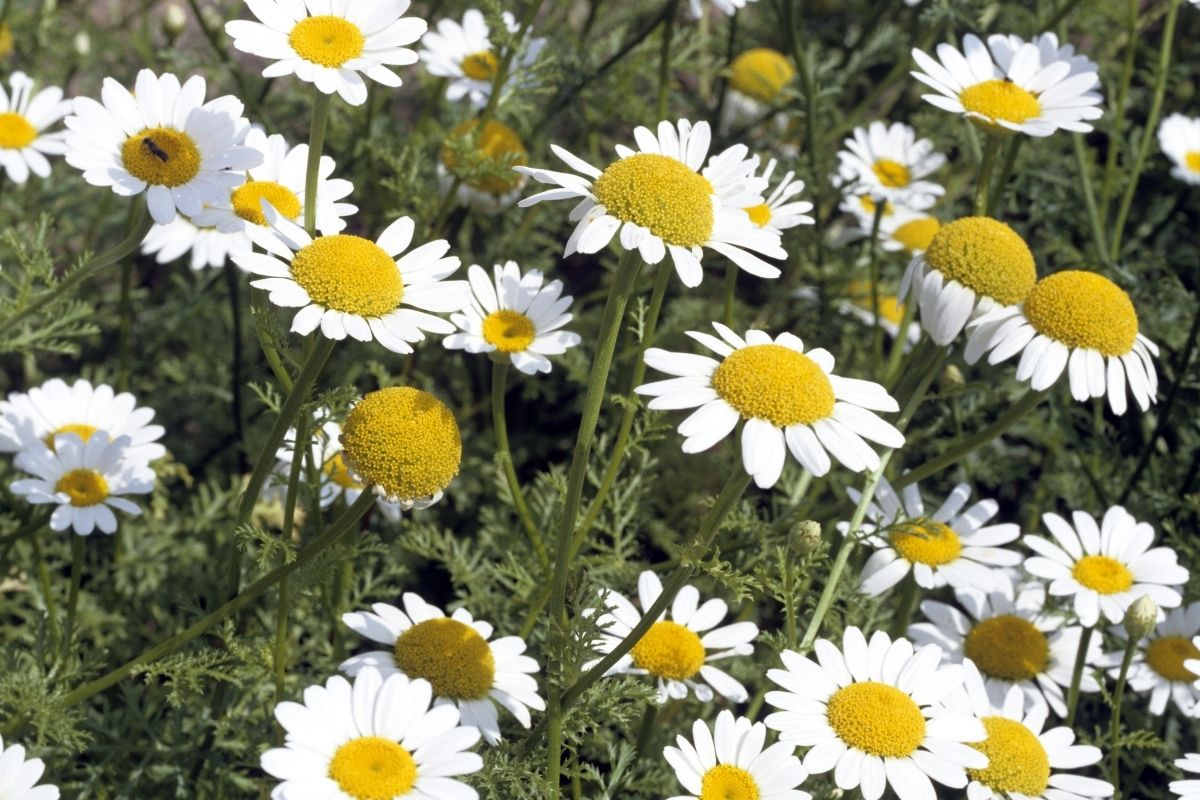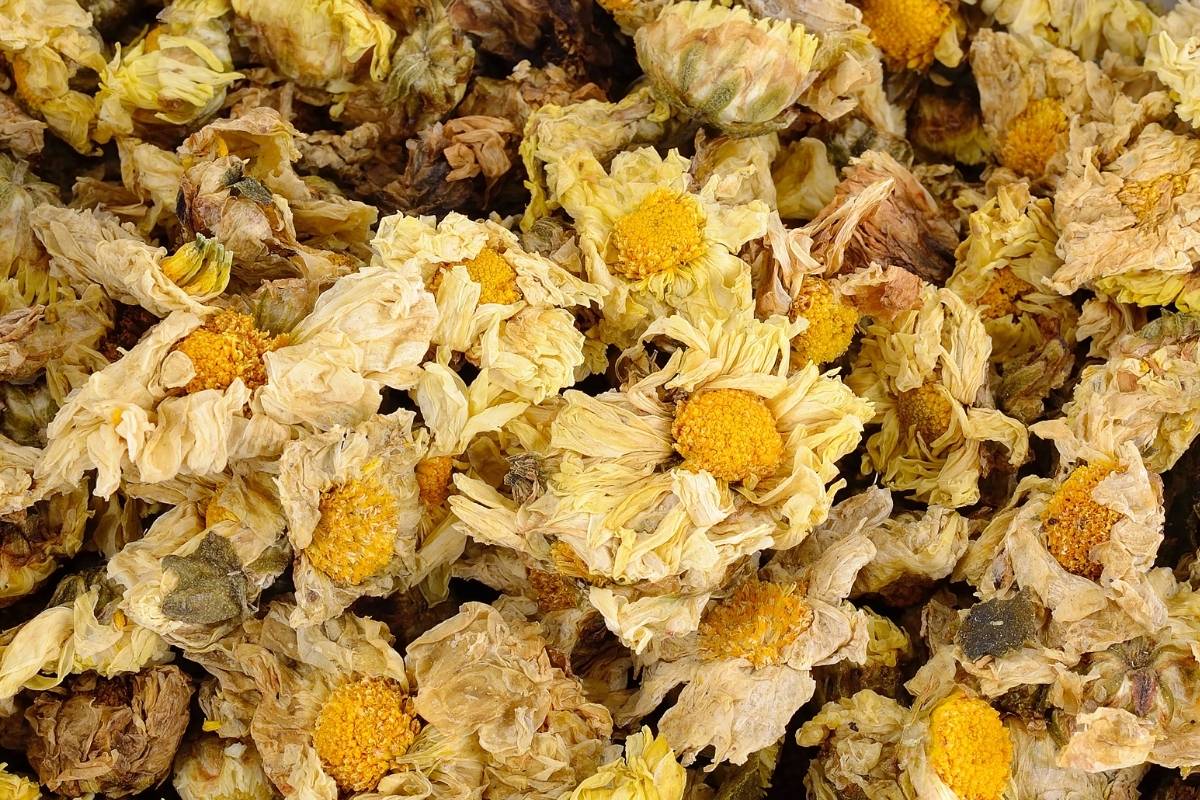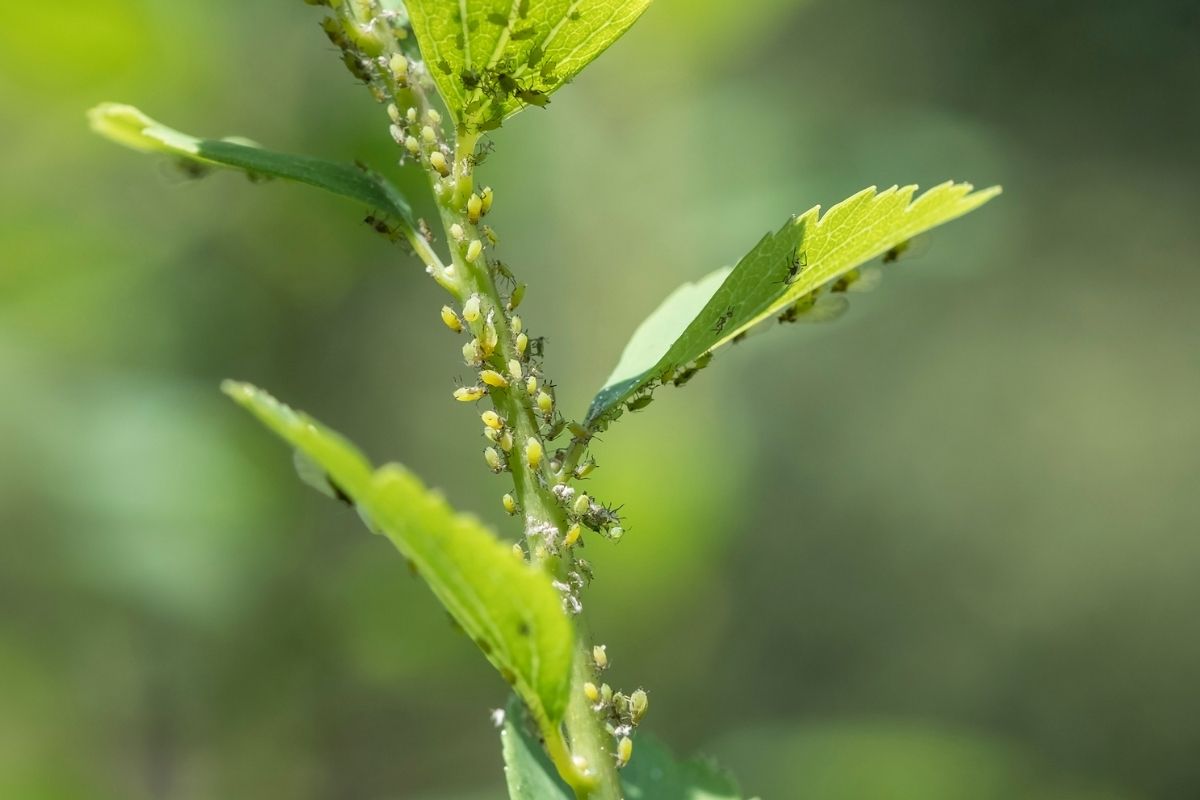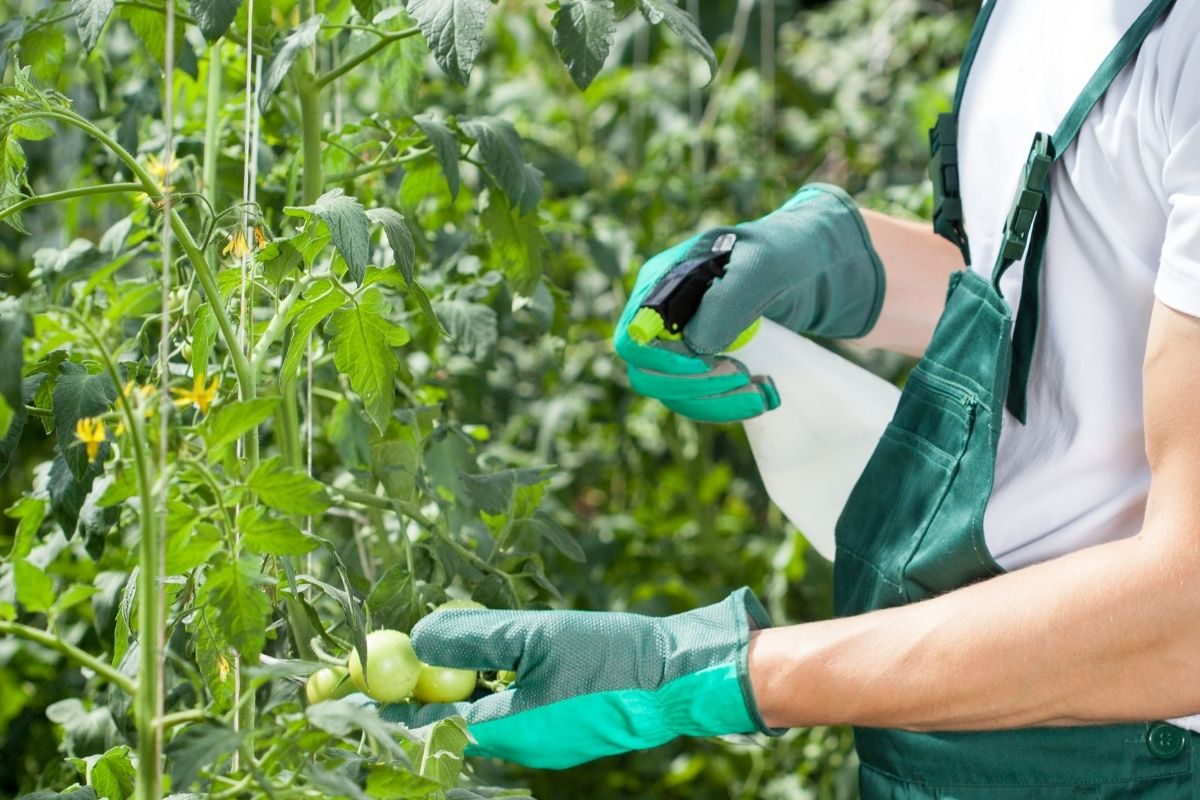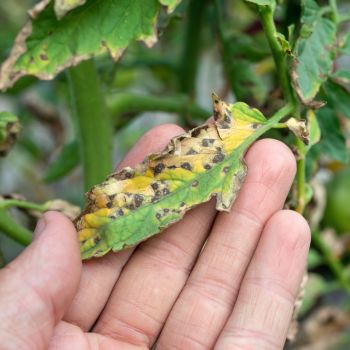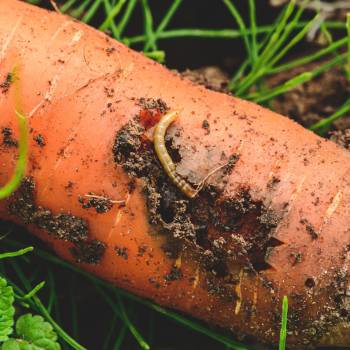The ambition of gardening without using pesticides is a noble one. But most people leave their best intentions behind once they've lost an entire crop to aphids or other bugs, wasting weeks of work to a few days of feeding.
Fortunately, using insecticides doesn't need to mean spraying your garden with noxious synthetic chemicals that linger in the environment with widespread side effects. It's possible to make your own fully organic spray treatment that's lethal to aphids, caterpillars and most other soft-bodied insects but that also biodegrades within a few days of use, leaving no harmful traces behind.
The spray is based on toxins derived from the variety of chrysanthemum known as pyrethrum, and here's what to do.
How to Make Pyrethrum Spray
Commercial products based on pyrethrum's toxins are available, but many are made from synthetic chemicals and contain potentially unwanted ingredients such as copper sulphate. Making your own spray from homegrown plants guarantees a fully organic result with ingredients you choose.
The starting point of the homemade insecticide is the flower heads of Chrysanthemum cinerariifolium, AKA pyrethrum, a member of the perennial daisy family. The petals contain a high concentration of pyrethrin, the active ingredient in the spray.
You can also use a similar plant called Painted Daisy (Tanacetum coccineum), which produces dramatically colourful flowers but a lower concentration of the toxin.
Growing Pyrethrum
To grow the pyrethrum chrysanthemum, choose a sunny spot with moist but well-draining soil. In spring, sow the seeds direct, 4mm deep and 35cm apart, or raise indoors as seedlings before planting out with the same spacing. Pyrethrum can also be grown in medium-sized containers (at least 30cm across).
Germination typically takes 7 to 10 days, with the plants reaching maturity after about 4 months. Bushy growth can be encouraged by pinching out the earliest flower buds, and the flowering season can be prolonged by removing flowers as they start passing their best, which will also give you more opportunities for making the pyrethrum spray.
Harvesting the Flowers
To make the spray, cut off whole flower heads when in full bloom, and hang them to dry in a cool, dark place. Flowers have the highest concentration of pyrethrin when the first petals have opened. Once fully dried, the flowers should be stored in an airtight container out of direct light or heat, or even in the freezer (taking care not to contaminate foodstuffs).
In ideal conditions, the whole flower heads will retain their insecticidal toxicity for up to six months after the flowers are dried. However, once the spray is prepared, it will degrade and lose its strength in a matter of days.
Just before you want to spray your plants, grind up the flowers into a smooth powder, ideally wearing gloves and a protective mask to rule out any potential allergic reactions. Different ratios can be used to achieve different strength sprays, but a good starting place is to combine half a cup of the powder with a little liquid soap (about 10ml) to help it dissolve, then mix with 1 litre of plain water to reach a sprayable consistency. Transfer to a garden sprayer and use as needed.
- 1/2 cup pyrethrum flower powder
- 10ml liquid soap (or 10g soap powder)
- 1 litre water
A Quicker Method
If you have fresh pyrethrum blooms to hand and have an urgent need for insecticide, a second method removes the drying process and only takes a day or so to make the spray. Simply combine the freshly picked flower heads with 70% isopropyl alcohol, using around 30ml of alcohol per 250g of flowers. Leave to soak overnight, then drain through muslin or a clean dishcloth. Dilute the extract to a quarter strength using cold water, and transfer to your garden sprayer.
Using Your Homemade Pyrethrum Spray
Whichever method you use to make the spray, use it as quickly as possible as the solution will begin to biodegrade in sunlight. This short active life makes it safe to use on the vegetable patch, but it's best to wait up to a week before harvesting and also wash your produce well before eating to be completely on the safe side.
Although pyrethrum isn't dangerously toxic outside the insect realm, it's always best to use it with caution, particularly with homemade preparations where the strength isn't precisely known. Use a mask and protective clothing when spraying, gently spray directly onto the target rather than misting a whole area, and keep children and pets away during spraying and ideally for a day or two afterwards.
The spray kills insects almost instantly on contact, so you don't need to go overboard when treating the targets. Use a light hand rather than soaking your plants, and be aware you may need to apply a second spraying a few days later if the infestation still isn't controlled. As with all chemical treatments, use pyrethrum spray in a targeted way and only when necessary.
Unfortunately, the spray will also kill many beneficial insects, so only spray directly onto areas of infestation rather than using it as a routine preventative measure. You may also like to cover treated plants with netting to help keep bees, ladybirds, and other allies away until the poison breaks down after a few days of direct sunlight.
No gardener wants to use chemical treatments unnecessarily, but sometimes there's no other realistic choice. If you need an insecticide that's purely organic and free from lasting environmental effects, there are few better options than a homemade pyrethrum spray.
